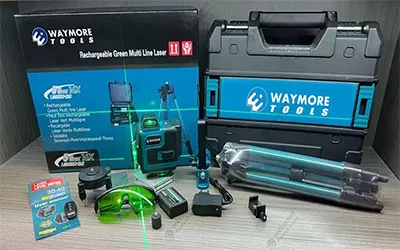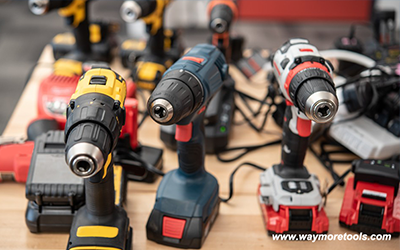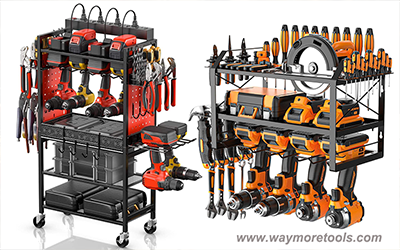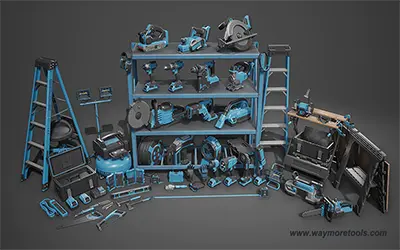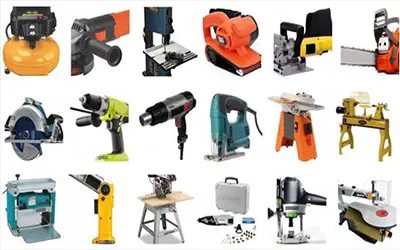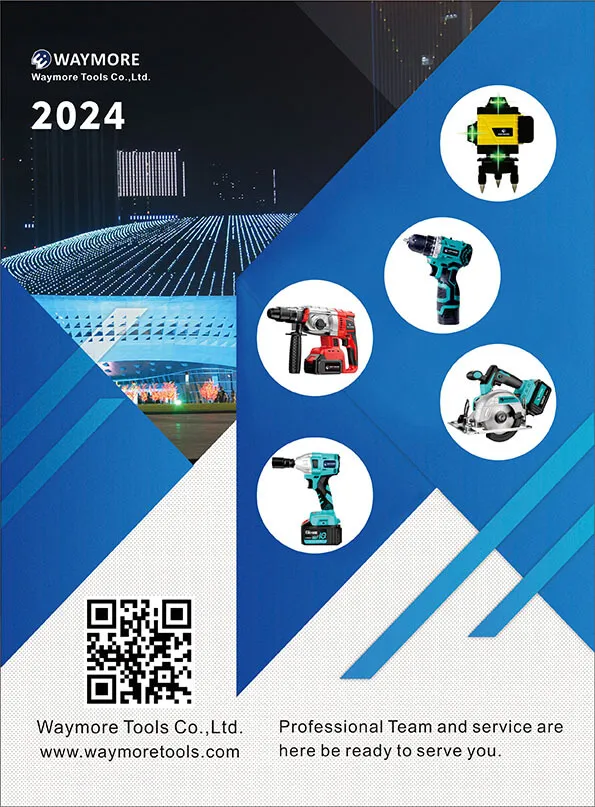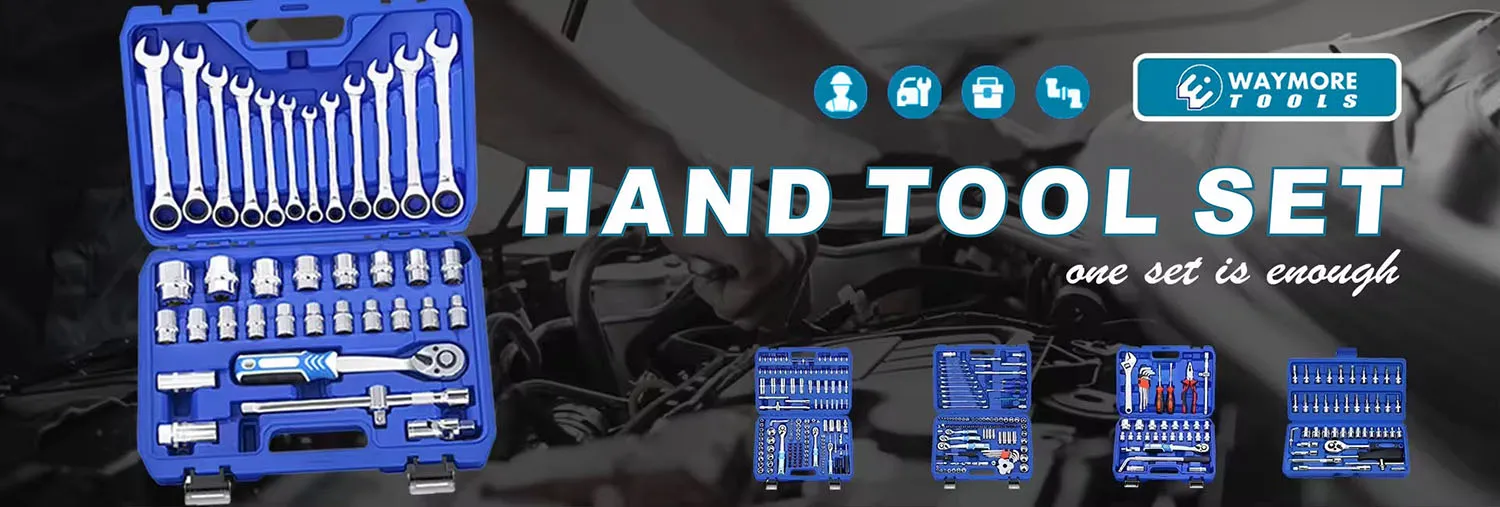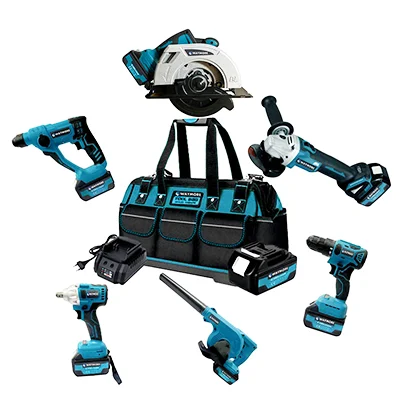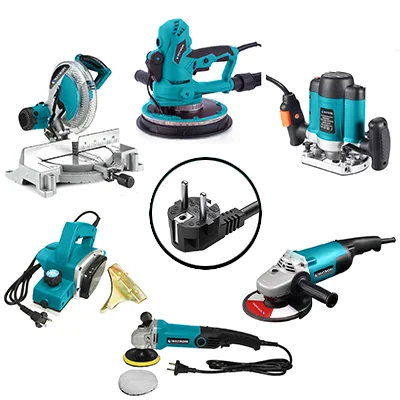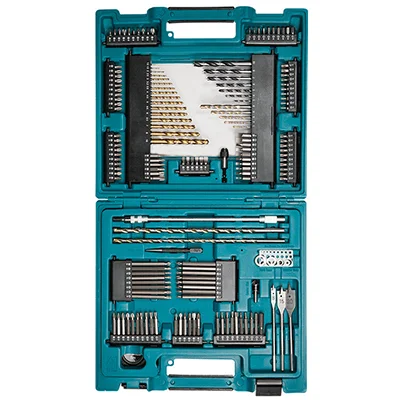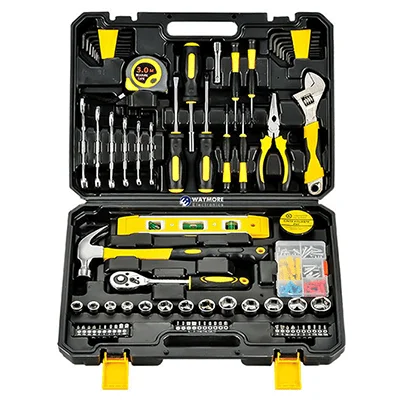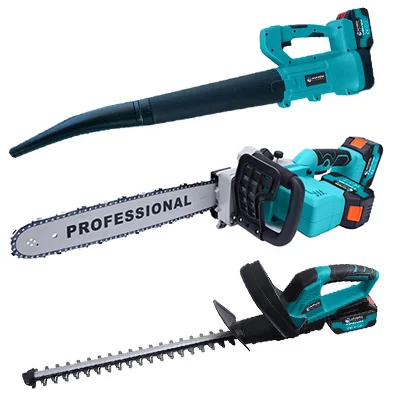Today's Insights: Safety Measures for Using Power Wrenches on Ladders or Scaffolds
Introduction
Imagine this: a construction worker on a ladder, holding a nail gun, loses balance and accidentally fires a nail into their own chest. While this may sound like an extreme scenario, it’s a grim reality for many who underestimate the risks of using power tools at height. Another incident involved a worker falling from a ladder, resulting in two nails being fired into their head during the fall. These chilling examples highlight the dangers of combining power tools with precarious positions like ladders or scaffolds.
Whether you’re a professional contractor or a DIY enthusiast, using power tools up a ladder is often unavoidable. However, it doesn’t have to be unsafe. By implementing the right precautions and techniques, we can significantly reduce the risk of accidents. In this guide, we’ll cover essential safety tips for using power wrenches and other tools on ladders or scaffolds.
Understanding the Risks of Using Power Tools on Ladders
The combination of power tools and ladders presents unique challenges. Accidents occur for a variety of reasons, including:
- Loss of Balance: Heavy or awkward tools can cause you to lose balance while on a ladder.
- Tool Malfunction: Defective or improperly maintained tools can cause injuries.
- Dropped Tools: Tools falling from height pose a risk to both the user and anyone below.
These risks are amplified when using powerful tools like wrenches or nail guns, which require two-handed operation or create recoil. Furthermore, the weight of the tools can unbalance the ladder or cause user fatigue, increasing the likelihood of accidents. Understanding these risks is the first step toward mitigating them.
Essential Safety Precautions When Using Power Tools on Ladders
Choose the Right Tools
Selecting the appropriate tools is crucial for safety. Here’s what to consider:
- Safety Features: Opt for tools with automatic shut-off mechanisms, anti-recoil features, or other built-in safety systems. These may cost more upfront but can prevent costly accidents.
- Tool Rentals: If high-quality tools are out of budget, consider renting. Tool rental services often provide access to premium equipment without the high purchase cost.
- Avoid Modifications: Never bypass or disable a tool’s safety features. These are designed to protect you in critical moments.
Inspect Your Equipment
Before beginning any work, thoroughly inspect both your tools and ladder:
- Ensure your ladder is in good condition, with no loose or damaged parts.
- Check the stability of your ladder—always place it on a flat, stable surface.
- Confirm that your power tools are functioning correctly, with no visible damage or worn-out components.
Proper Techniques for Handling Tools on Ladders
Tool Transportation
One of the most dangerous moments while working on a ladder is transporting tools. Use these methods to ensure safety:
- Tool Belts: Wear a sturdy tool belt to keep essential items within reach without using your hands.
- Rope Systems: For heavier or bulkier tools, use a rope and bucket system. Securely tie the tool inside a bucket and hoist it up once you’re in position.
Maintaining Balance and Control
Your safety on a ladder depends on maintaining proper balance and control:
- Weight Distribution: Ensure the weight of your tools is evenly distributed.
- Three Points of Contact: Keep two hands and one foot, or two feet and one hand, in contact with the ladder at all times.
- Avoid Overreaching: Reposition the ladder instead of stretching too far to reach your work area.
Additional Accessories to Enhance Safety
Using the right accessories can make working on ladders safer and more efficient:
- Tool Trays: These attach to the ladder and provide a secure spot to place your tools when not in use, reducing the risk of dropping them.
- Paint Trays and Holders: Perfect for decorating jobs, these accessories can hold paint pots and reduce trips up and down the ladder.
Investing in these simple add-ons can greatly enhance your workflow and minimize risks.
Tips for Working Safely on Scaffolds
Ladders aren’t the only option for working at height. Scaffolds are often a safer alternative, but they come with their own set of precautions:
- Secure Setup: Ensure scaffolds are properly assembled and stable before use.
- Weight Limit: Do not exceed the scaffold’s weight capacity, including tools and materials.
- Tool Handling: Similar to ladders, use tool trays and belts to manage tools safely.
By treating scaffolds with the same respect as ladders, you can ensure a safe and efficient work environment.
The Human Factor: Staying Focused and Avoiding Fatigue
Even with the best equipment and techniques, human error remains a leading cause of accidents. Here’s how to minimize it:
- Take Breaks: Regular breaks can prevent fatigue, especially when using heavy tools.
- Stay Aware: Always be mindful of your surroundings and ensure no one is directly below your work area.
- Avoid Multitasking: Focus on one task at a time to reduce errors and distractions.
Conclusion
Using power wrenches and other tools on ladders or scaffolds doesn’t have to be dangerous.
Have you encountered challenges using power tools at height? Share your tips and experiences in the comments below. For more expert advice and the best power tool options, explore our website today!
FAQ Section
How do I safely transport a heavy tool up a ladder?
A: Use a rope-and-bucket system or a tool belt to free your hands while climbing.
What are the best tools for working at heights?
A: Tools with safety features like automatic shut-offs and anti-recoil mechanisms are ideal for height work.
Can I use any type of ladder for power tool work?
A: No, always choose a ladder rated for your weight and the task at hand. Ensure it’s stable and in good condition before use.
As our company continues to participate in this grand event, we remain committed to offering the best power tools and machinery solutions to meet the needs of our global partners. Whether you are a wholesaler, importer, or distributor, we are ready to collaborate and support your business growth.
If you are interested in our Power Tools, welcome to contact with us, and we are here to offer you best service and great products, thank you!
Contact: Daniel
Email: daniel@waymoretools.com
Website: www.waymoretools.com
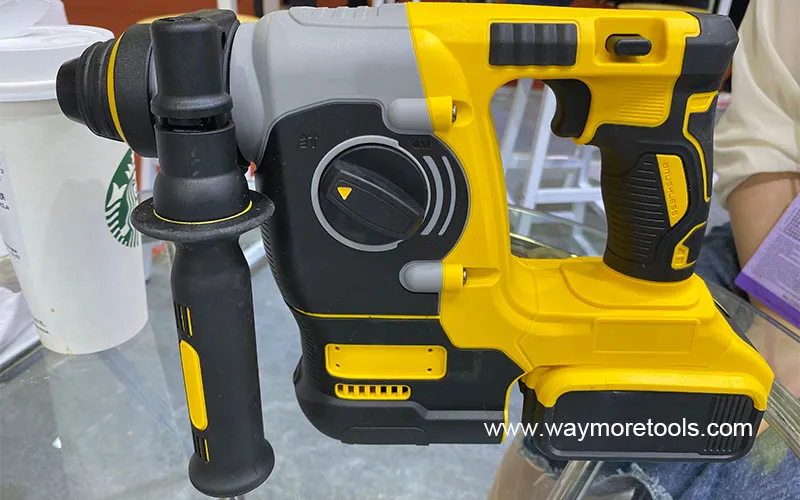
 Waymore Tools
Waymore Tools

